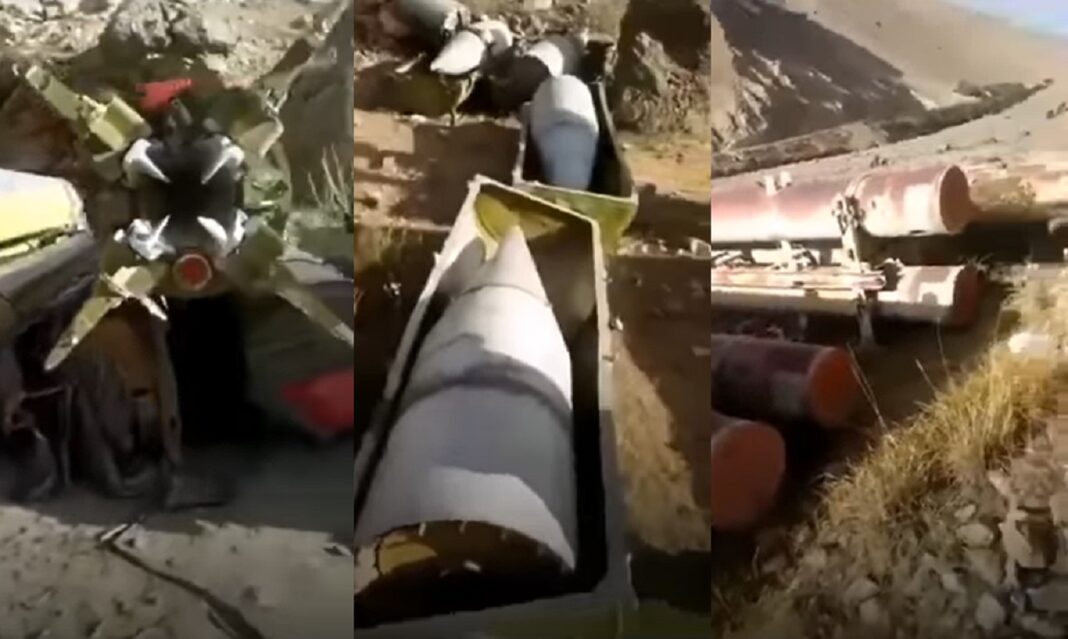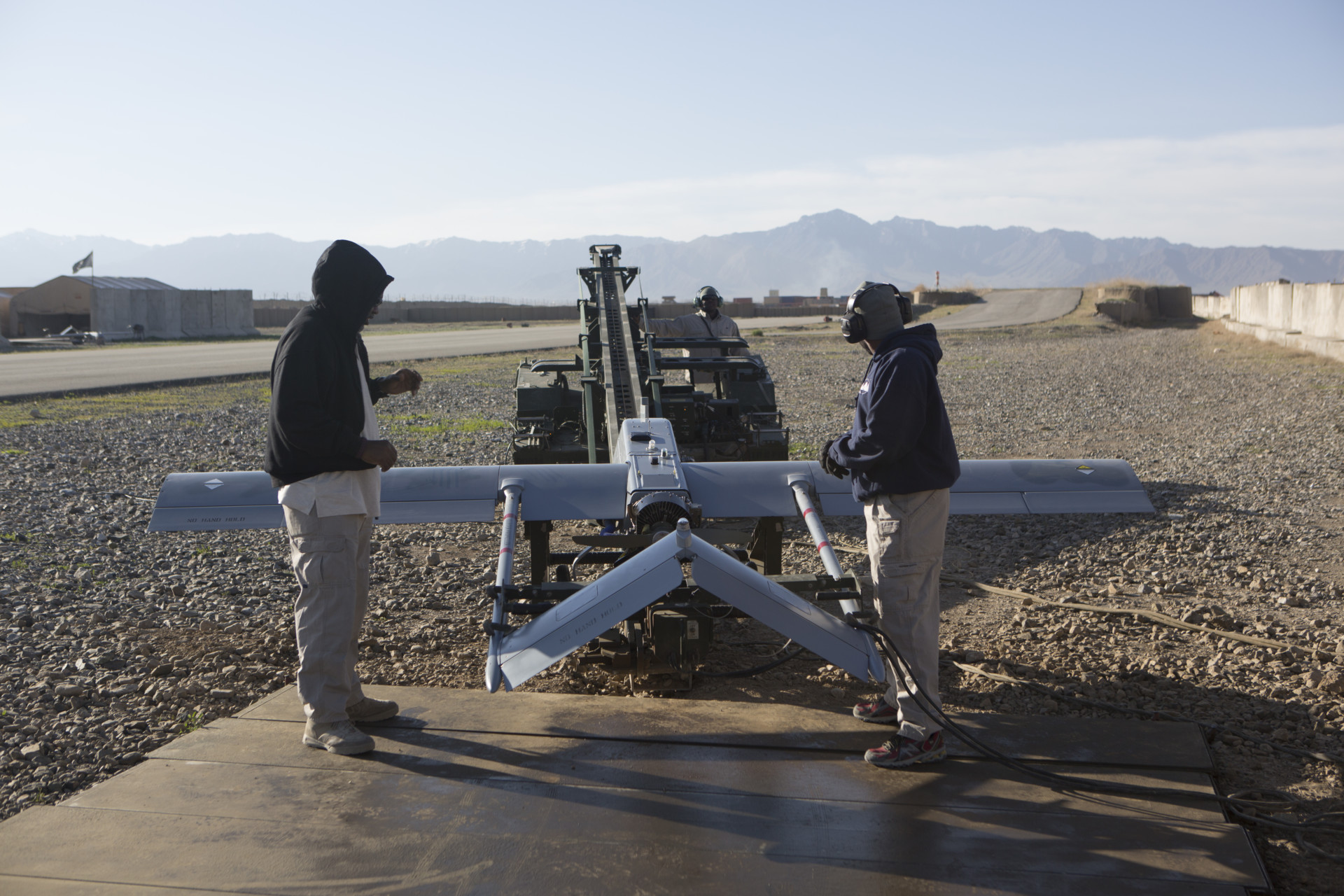The Shared Struggles of Bedouins and Native Americans
Whether in the Middle East or North Dakota, tribal societies struggle to navigate long-held traditions with occupation and displacement
The area between the ancient cities of Jerusalem and Jericho is at once unremarkable yet beautiful — a space made up of modest yet wide sloping valleys that transition in color slowly and unevenly from green to the many shades of brown and tan that make up the desert landscape. Heading east toward Jericho, one gets the impression that this is where the fertile valleys and merchant cities of the Levant finally meet the vast expanse of the great deserts of the Arabian Peninsula.
Today we no longer think of these geographic markers of space but instead of the zone between Israeli-annexed East Jerusalem and the Hashemite Kingdom of Jordan. In order to cross the Jordan Valley, we have to travel through the science-fiction-sounding “Area C,” a highly militarized section of the occupied West Bank where Israeli settlements exist directly alongside various small gatherings of Palestinian Bedouins — their makeshift dwellings dotting the empty landscape along the modern highways built exclusively for Israeli settlers.
Since 2014, as part of our multimedia research project, The Native and the Refugee, we have produced a dozen films on the ongoing settler colonialism in North America and the Middle East. The Native and the Refugee juxtaposes the Palestinian movement with indigenous struggles in the United States by focusing specifically on the native reservation and Palestinian refugee camp as spaces of exception. What are the worldviews, histories and ways of life of these communities, who persevere in their demands for dignity and self-determination?
From the Standing Rock Indian Reservation in North Dakota to the Jericho Governorate in the West Bank — from Washington to Jerusalem — the political questions of our time revolve around indigeneity, refugeehood and sovereignty. The continued processes of state formation in the U.S. and Israel both mirror and reinforce each other, and this is nowhere better seen than in the reservations and refugee camps left in their wake.
The struggles that take place within and around many American Indian reservations represent an attempt to articulate both an alternative mode of governance and relationship to the land. When the people of Standing Rock protested the passage of the Dakota Access Pipeline under the part of the Missouri River that abuts their reservation, the struggle that emerged resonated within a longer horizon of sovereignty beyond the reservation itself.
Few, if any, communities have been as fundamentally affected by the transition from the Ottoman Empire to the nation-states of the modern Middle East as the nomadic Bedouins. This includes not just Bedouins who reside in what is today Israel, but even more so the Bedouins of the occupied territories, especially the West Bank. In every area around the Arabian Peninsula there are liminal spaces between geographic regions wherein lines were drawn to divide countries — the desert region that separates the Levant from Mesopotamia contains the border between Iraq and Syria; the Sinai Peninsula contains a border separating Egypt from the Levant; and then there are the currently contested sites in the valleys between Jerusalem and the border town of Jericho.
It is into and within these liminal spaces that the Bedouin exists, challenging our geographies and the political edifices of the state. Just as the displacement of Arabs from Israel — and their subsequent refugee status while living just hours from their original village— reveals something fundamentally illusory or artificial about these modern nation-states, so too, it is with the Bedouin whose way of life is in fundamental contradiction to the borders of the modern Middle East and the nations they demarcate.
As we write, there are currently around 6 million people in Lebanon. Approximately 1 million are Syrian refugees, 450,000 are Palestinian refugees, 100,000 are Kurds, and at least another 100,000 are Bedouins. More Lebanese people live in Brazil than in Lebanon. The prejudices and political contradictions of the modern nation-state exist wherever such a form is found: ethnic and religious minorities contending for status and survival alongside refugees, indigenous populations and elites of all stripes.
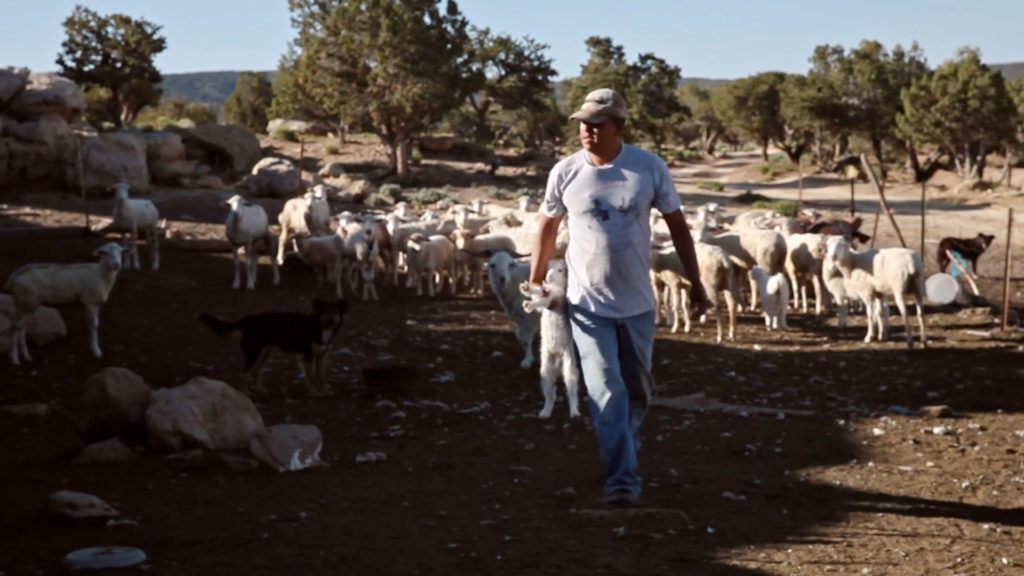
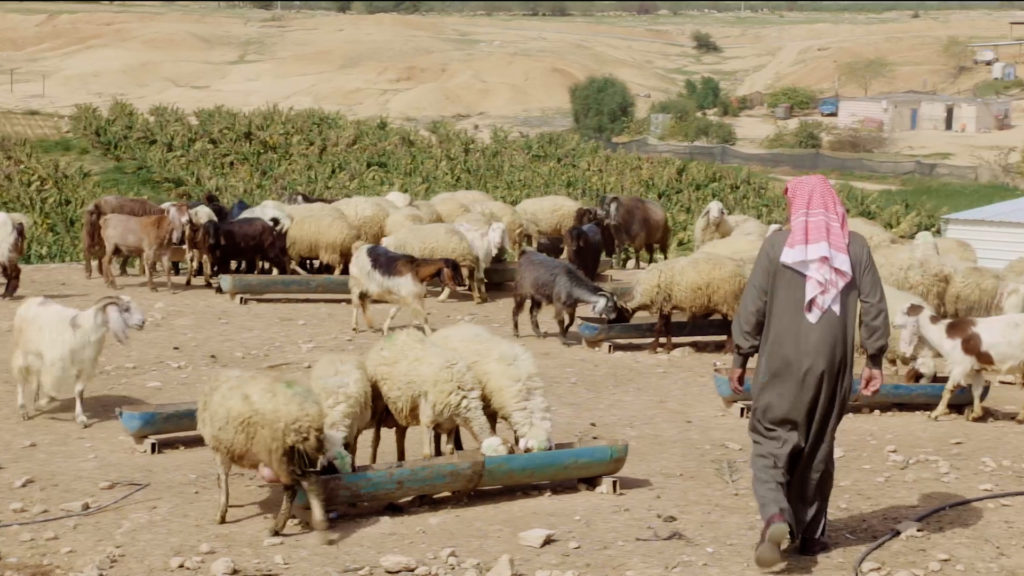
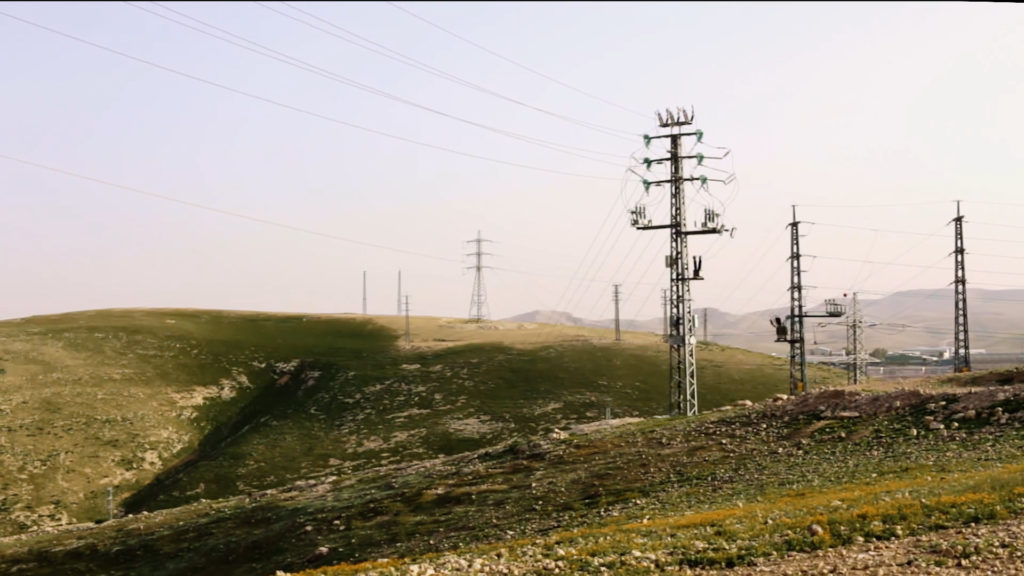
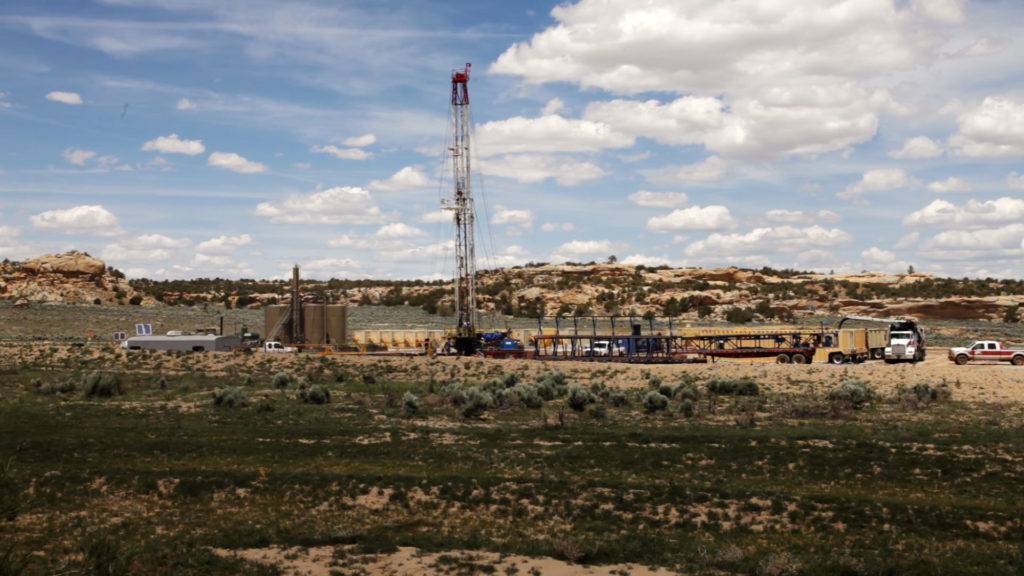
It was during the Nakba of 1948 that Israel occupied the Negev Desert and forced the displacement of the native Bedouin population into many of the surrounding countries. People who had once migrated only with the demands of nature were now forcibly moved again and again by the occupying Israeli authorities, from 1948 through 1967, up until the present day. The Bedouins of Palestine transitioned painfully from the free migrations of nomadism to the forced migrations of refugeehood. Today, 85% of the Bedouins in the occupied West Bank are refugees from what is now Israel, though most have refused to move into refugee camps in order to try to maintain their traditional lifestyle.
The Bedouins, through their various displacements, have continually faced harsh decisions as both a people and as individual tribes. Given the choice between a partially compromised nomadism that allows for subsistence living and an abandoned way of life that will likely lead to precarity and poverty, the Bedouins have largely chosen the former, grasping at whatever strands of their traditional way of life remain possible. But even here they find themselves under threat. Israel’s current plan is to round up all of the Bedouin tribes from all of their gatherings in the occupied West Bank, allot each family a mere 0.1 acres of land and cram the majority of them into what would effectively be a giant Bedouin reservation, in an area called al-Nuweima on the outskirts of Jericho.
The Bedouins harbor no illusions about what this forced relocation would mean. As one Bedouin leader told us, “We will not be able to raise sheep or practice our traditional lifestyle and will be forced into becoming day laborers. For us, this is out of the question.” The Israeli plan to place all West Bank Bedouins in a giant reservation on the borders of Jericho is part and parcel of the forced evictions in East Jerusalem. The majority of these Bedouin gatherings are located in the stretch of land between Jerusalem and Jericho, precisely the area that the Israelis would like to turn into the greater suburbs of a united Jewish Jerusalem, free of Palestinians.
In 2014, Israel first announced this proposal to relocate and resettle 12,500 Bedouins living in Area C, and it was that same year that we started work on The Native and the Refugee, researching and listening to the experiences of Palestinian refugees and American Indians. We traveled from Beirut’s Burj Barajneh to New York’s Akwesasne, Amman’s Wihdat to Arizona’s Navajo Nation, Bethlehem’s Dheisheh to South Dakota’s Pine Ridge, documenting their movements for self-determination.
The al-Nuweima plan recalls an important chapter in the history of the American Indian reservation. In the Dawes Act of 1887, the U.S. government forced a system of private property onto what was previously communal land tenure, dividing native territory into parcels to be owned by each family and putting the remainder out onto the open market. Allotting land to each individual family not only resulted in the loss of overall native territory but also worked to eradicate their tribal system of governance and social structure, imposing an external form of life based on a static familial privatization of the land.
Then as now, it was done for the benefit of the settlers, either to occupy and privatize formerly held native land, to extract its natural resources or to build infrastructure for the profit of the urban dwellers. By uprooting a traditional economy and trading in communal autonomy for a division of spoils, it reduced a proud and self-sufficient people to dependence on the setter-colonial economy, which caused their displacement in the first place.
The Bedouins of the Jordan Valley are well aware that the al-Nuweima plan would yield similar results, undoubtedly collapsing their tribal structure, forcing them into an impoverished urban environment and leaving them with no other option than to work as individual day laborers for the Israeli settlers. Because of the purposeful eradication of the Palestinian economy in recent decades, the end of the Bedouin’s subsistence economy would mean their forcible integration into Israel’s colonial one.
This spatial colonization is at the heart of Israeli ethnic cleansing efforts against the Bedouin people. In Area C, the very infrastructure of the Israeli settlements is often deadly for the Bedouins. We saw a highway, exclusively serving settlers, erected near the gathering of Khan al-Ahmar, forcing the children of this community to walk across it on the way to school, heedlessly causing numerous deaths and countless injuries. This occurs alongside other forms of stark infrastructural inequality, where the newest illegal Israeli settlements are furnished with electricity and running water while Bedouin gatherings, there for decades, are systematically denied both. Meanwhile, if the sheep of the Bedouins stray onto territory designated for Israeli military or settler use, the animals are confiscated and impounded, either to be returned in exchange for a heavy fine or not at all.
We observed what the Bedouins themselves call “psychological warfare,” waged by settlers and the military in an effort to break their collective spirit and force them off the land. This includes forced demolitions of Bedouin gatherings, the spraying of sewage water onto their structures and land, and the specific targeting of women as a form of gendered violence used to humiliate the members of the gathering. Such was the case, for example, with the daughter of the chief of Khan al-Ahmar, who told of us of being brutally beaten by the Israeli military.
All of the above tactics find resonance in the history of the U.S., where the same methods of forced displacement of an indigenous population were used by both the government and settlers. We heard stories shockingly similar to those of the Bedouins when we visited Diné (Navajo) families currently living on the Black Mesa in the Southwest of the U.S. Much like the Bedouin, the Diné find themselves in a position of estrangement from both the U.S. government and from the Hopi reservation’s tribal government, which now controls much of their traditional territory. Black Mesa has historically been inhabited by both Hopi and Diné people.
But in order to conclude an agreement concerning mineral extraction, the U.S. government passed the Navajo-Hopi Land Settlement Act of 1974, dividing 1.8 million acres of formerly shared land, leading to the forced relocation of more than 10,000 Diné people. Those families that “illegally” remain maintain their traditional economy and continue to live autonomously from the machinery of U.S. financial governance and because of this they face constant threats, harassment and violence from both the Hopi police and U.S. federal officers.
The Bedouins of the occupied territories find themselves in a singularly difficult position as they are denied recognition as a displaced Indigenous or minority group, both by Israel as well as by the Palestinian National Authority. This is to say that they are not recognized politically as Bedouins, as a distinct group within Palestinian society, making it difficult for them to demand the rights that should be afforded to them as both refugees as well as an indigenous people.
Much like native peoples in the U.S. have had to successfully balance their specific tribal identities within a larger pan-native identity so, too, the Bedouins must negotiate between their identity as individual tribes, their larger identity as Bedouins and finally their national identity as Palestinians. As with indigenous movements around the world, the foundation of this identity remains the Bedouin’s day-by-day articulation of their own worldview as a people, rooted in their particular symbiotic relationship to the land, their own systems of tribal governance and their own inherently communal way of life. Its lessons and examples then become not only a form of political resistance but also an ethical model in helping humanity confront the depths of the problems we face — from the downsides and dangers of nationalism on the one hand to unrestrained industrial development on the other.
Indeed, as with American Indians’ continued resilience and survival, the Bedouin communities’ very existence poses a particular and direct challenge to the occupation. It is not just that they inhabit the land that Israel wants in order to expand its settlements, but it is also because their way of life, society, means of subsistence, and relationship to the land and each other are in conflict with the developmentalist, corporatist model that Israel would like to export to the region, and forcibly sublimate the Bedouins into. However, as the chief of a Bedouin gathering near Jericho told us, “We will not leave, we will not leave no matter the cost.”
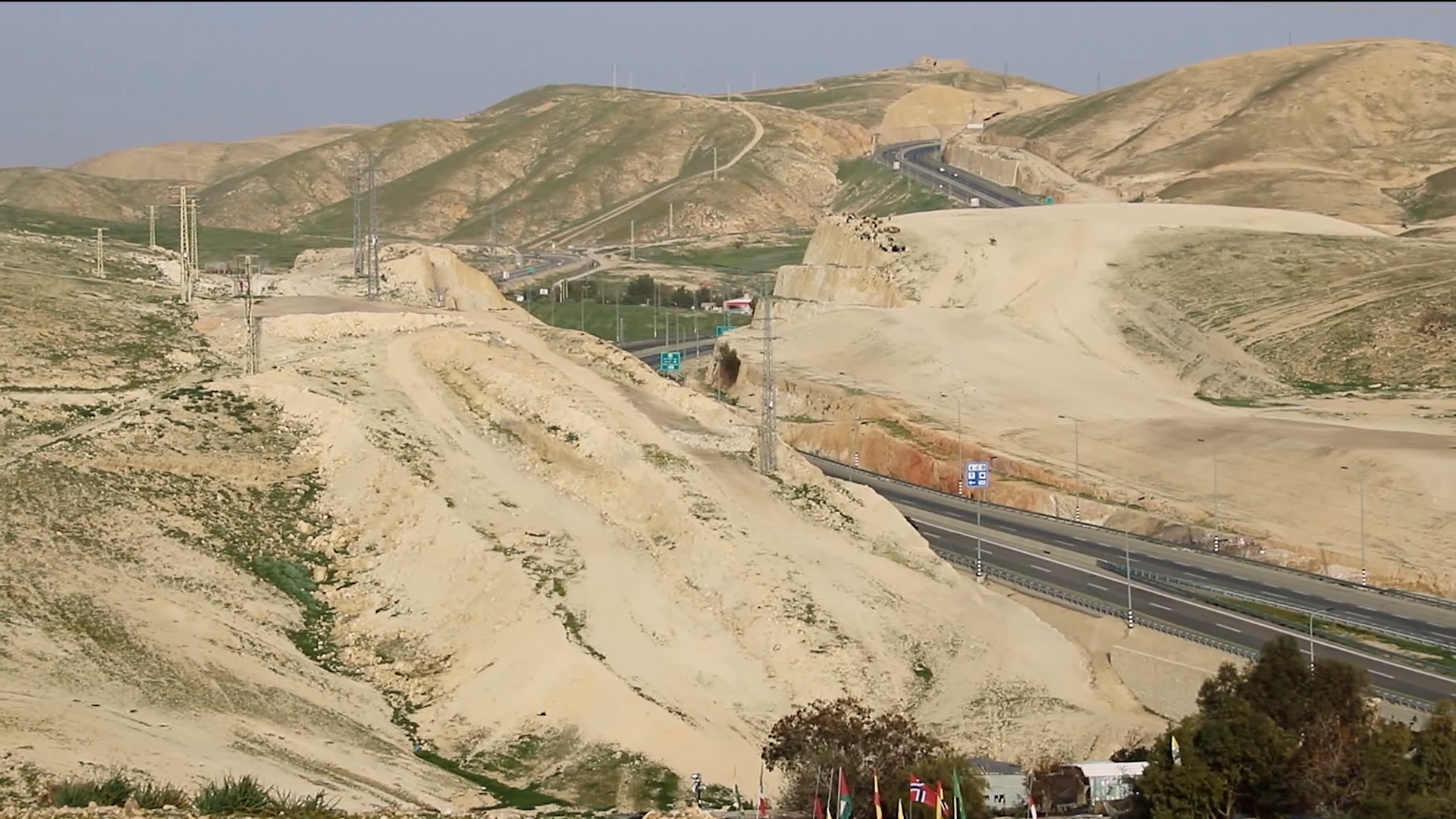




All stills are from the The Native and the Refugee / Vanessa Teran and Mitra Azar



